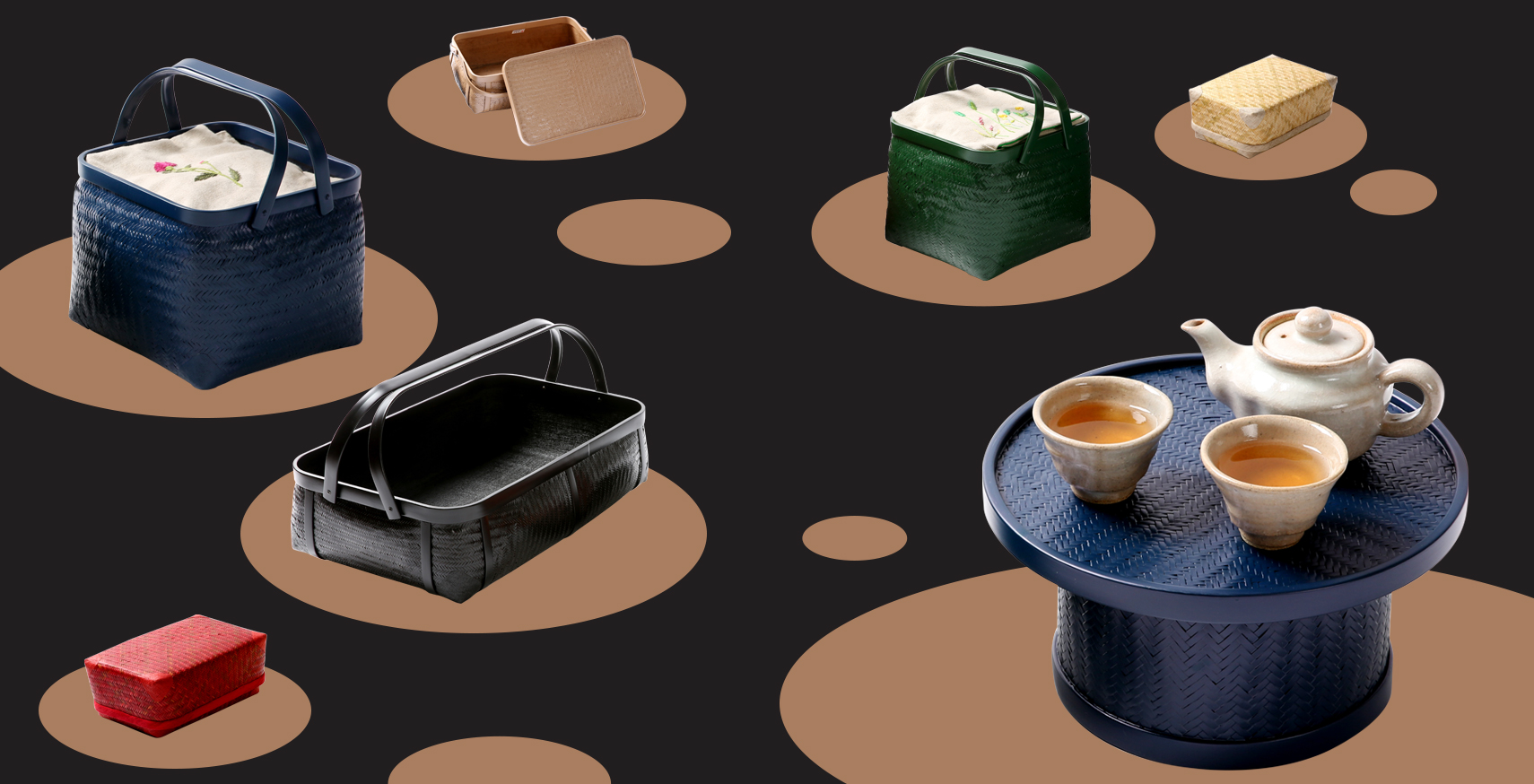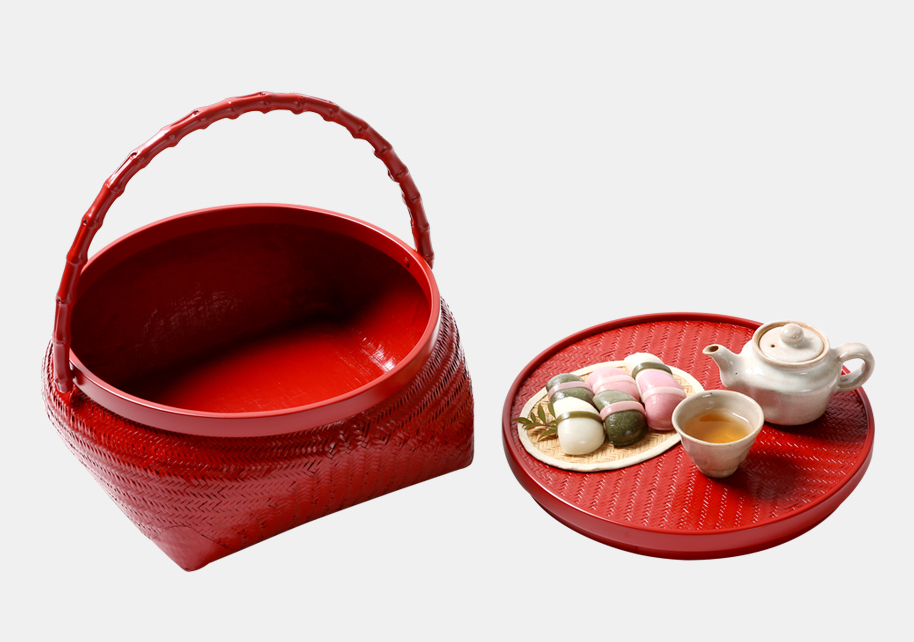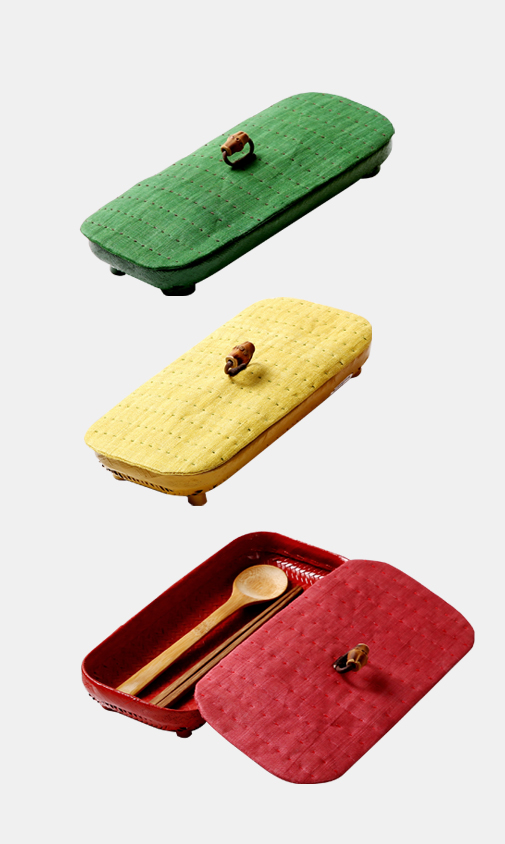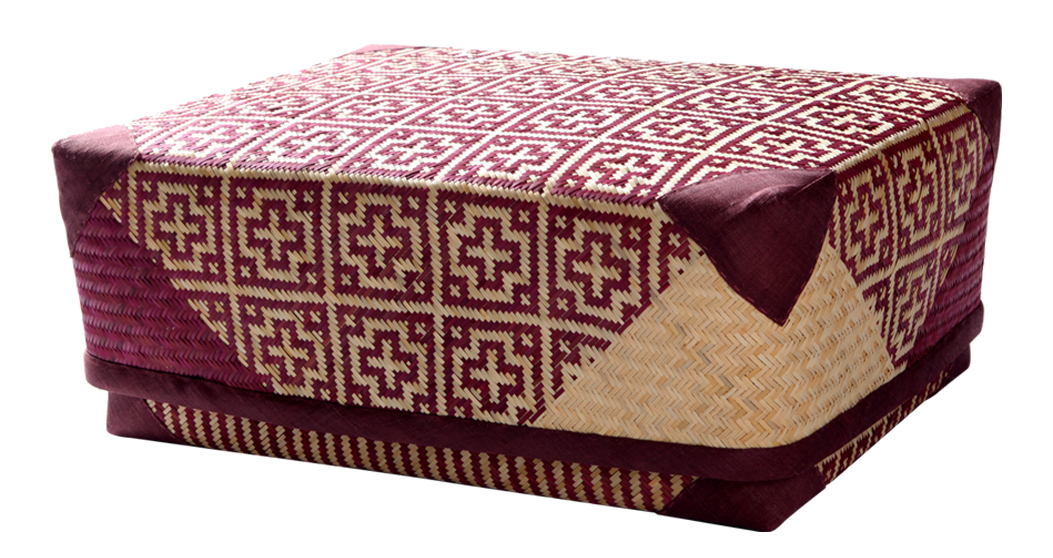September 2021

September 2021
Although many traditional crafts have continued to be popular, it is difficult to find traditional crafts used in real life. However, chaesang is still used so far thanks to its beauty and practicality.
Written by
Tim Alper,
contributing writer
Photo Courtesy of
Seo shin-jeong,
National Intangible Cultural Heritage No.53

If you are a nature lover, no visit to Korea will be complete without a journey to one of the nation’s magnificent bamboo forests. The sight of towering stems of bamboo swaying in the breeze on a warm September day like mighty trees is a quintessentially Korean sight—and makes for a great backdrop for selfies.
But for thousands of years, bamboo was more than a pretty sight: It was a vital crop with a veritable plethora of uses. Bamboo thrives in Korea’s warm, temperate climate. And is one of the many plants that grow remarkably well in the humid temperatures of summer and the country’s well-leached, low-humus soils.
In the most successful Korean forests, bamboo shoots can grow to heights of 30 meters, with girths of around 250 millimeters. Because it is relatively inexpensive and trouble-free to grow, bamboo forests once thrived all over the Korean Peninsula.
Nowadays, bamboo in Korea is synonymous with the most famous forests of all, Juknokwon in Jeollanam-do Province’s Damyang—the spiritual home of bamboo-related cultivation, cuisine and craft. This remarkable forest is worth visiting almost any time of the year you care to come:In summer the towering canes provide ample shelter from the sun, while in winter, the shoots stay green even after the frosts and snow arrive—further evidence of the sturdiness that made bamboo such a popular material.
Bamboo is light, but nonetheless exceptionally durable, which makes it ideal as a building material. In fact, its deceptively high strength-to-weight ratio means that it is just as suitable for construction as hardwood timber. But unlike many other forms of wood, bamboo strips can also be used to weave, making them ideal for making everything from baskets to modern textiles. Bamboo-woven clothing is light, as light as silk and imbued with the material’s natural bacteria-resistant properties—a boon for infants with sensitive skin or people who find that other textiles irritate their skin.
Traditionally, woven bamboo items were very costly in Korea. In the days before industrialization, everything had to be done by hand, and a single basket piece could take days or weeks to assemble, even for a skilled artisan. As such, the pinnacle, perhaps, of woven bamboo craft was chaesang, a weaving technique that involved not only creating beautiful baskets, but also decorating them—with radiant color.


Chaesang craft makes use of carefully dyed strips of bamboo that are painstakingly woven together to make rings, patterns and motifs for containers, with lids. These are often created in matching sets of different sizes, which can be placed one inside the other, rather like a Russian matryoshka doll.
Creating the kind of bamboo strips required for chaesang craft was no mean feat: The shoots are first skinned before these delicate membranes are soaked in water and naturally sourced dyes. Then they are dried, and if the color is not adequate, further rounds of dying and drying are required.
Chaesang also makes use of a very certain kind of bamboo: shoots that are typically three to four years old. And the hollowing out process—believe it or not—requires artisans to use their teeth to extract the materials they are after.
In fact, this supremely tactile method of production makes no use of factory techniques or modern technology whatsoever. Artisans work with individual strips in their laps, trimming them one by one before dying each piece and checking their hue.
The weaving stage is equally hands-on. To get the right geometric patterns, nothing can be rushed, and every piece requires its maker to take their time. If every detail is not correct, the whole set could be ruined.
Originally, the price of these items was so exceptionally high that only artisans affiliated with noble households and royal courts specialized in them. By the end of the Joseon kingdom (1392 - 1910), however, their popularity had grown so high that even ordinary folk started to seek them out, a fact that led to a boom in production.
A chaesang set was often included in dowry arrangements before a marriage, and became an indispensable household item. In Korean rooms, which were often multi-purpose spaces, these boxes became a great way to clear away mess and ensure floors and other surfaces stayed tidy and clutter-free. Women often used them to store their hair accessories and clothes, while medics used them as a repository for their acupuncture equipment, aware that the anti-bacterial qualities of the bamboo fibers would help keep needles germ-free.
To Westerners, a chaesang set box at first glance may resemble a sewing box, the kind of lightweight design often used to store bobbins of threads, scissors, needles and pins in households across Europe and North America. Indeed, chaesang boxes were also used to store sewing equipment, although they were also used to store carefully folded items of clothing.

Bamboo is light, but nonetheless exceptionally
durable, which makes it ideal as a building material.
Mid-to-late Joseon era documents make reference to chaesang, an indication that the tradition was well-established. The historical record also appears to indicate that what was once a preserve of the yangban—the scholar elite—became much more accessible in the later years of the Joseon period.
Few traditional forms of Korean craft fared well in the 20th century, however. The peninsula was disrupted by the incoming forces of modernization and the tumult caused by Imperial Japanese colonial rule, followed by the Second World War, the division of Korea and finally the Korean War of the early 1950s.
By the time the Korean War was over, there was little call for bamboo craft. Facto Factories were starting to spring up all over Korea, mechanizing the production process almost overnight. Hand-weaving skills became a minority interest at best—more money was to be made in the nascent worlds of industry and commerce.
Surprisingly, however, a few resolute bamboo artisans clung onto their much-cherished ways of life, and in the late 1960s and 1970s, a concerted effort saw new life breathed into the industry. In 1970, Damyang’s Kim Dong-yeon became the first-ever government-appointed master chaesang craftsperson to be formally recognized. That title was passed on to Seo Hangyu in 1987.
In 2012, Seo Shin-jeong, Seo Han-gyu’s second daughter, took up the mantle—completing this quite remarkable form of craft’s return from the very brink of oblivion. With a line of master artisans now established, hopes are now high that a brand new generation of Koreans will be able to appreciate the quite unique beauty of chaesang for many years to come.